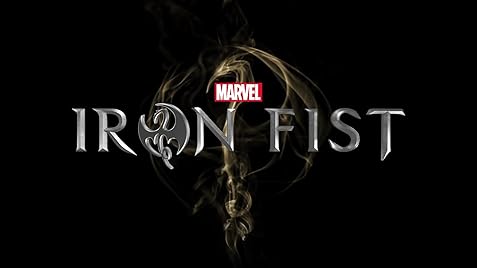
Image by facebook.com
https://www.facebook.com/bridgechildrensacademy/
- The company’s website that I will be analyzing is The Bridge Children’s Academy Facebook page. Their page uses different forms of identity strategies to appeal to viewers and to be informative.
a) Association strategies: The page showcases association strategies in a few examples; the heading of the webpage is an image of children. This implies that the organization is associating themselves with children. Also, their logo is a bridge symbolizing their name and their association with its co-partner, The Bridge Church and their relationship with religion. Behind the logo is another image of children which strengthens their association to kids.
b) Differentiation Strategies: Bridge Children’s Academy portrays differentiation strategies on their Facebook page by signifying their reviews two times. This shows that they take pride in their high rated reviews and that they are better than other preschools.
c) Branding strategies in the rhetoric: The branding strategies used on this page are the logo, the reviews of customers, and pictures of the children. The logo is colorful and aesthetically pleasing which catches the attention to audiences. The high customer reviews can be used as branding because potential and currant customers will be impressed. Finally, the pictures of the children act as branding because it shows that they are having fun and learning.
d) In what ways do these strategies help focus on what is central and enduring about the organization? These strategies help focus on the organizations priority of the importance of happy, healthy, and educated children by showcasing images of happy children, educational activities, their religious relationship.
e) Channels of delivery: Ideally, organizations have multiple channels of delivery so that many different audiences will see the advertisements, instead of only having one for of delivery and reaching only one group of audiences. The Bridge Children’s Academy, however, only uses their Facebook page to publicize their organization. This limits their audience because they are only reaching Facebook-using adults. And the web page will only appear if that parents “friend” either likes or shares a post about the organization. The chances of one accidentally finding the web page are very slim.
f) In what ways might the rhetoric use an already-existing identity to advance the goals of the organization? The Bridge Children’s Academy is using an already existing identity to advance their goals. They are an extension of the popular Bridge Church located in Powhatan, Va. By using the same name and logo as the church they are expressing both of their connections with religion and God. Since the church was already well-known, many of their members also joined the preschool, which prevented the organization from having to brand and advertise much.
- What are the key elements of the rhetorical situation? The rhetorical situation is that many people see preschools as babysitting or people are not comfortable with leaving their child with strangers. The Bridge Children’s Academy must fight these stereotypes and portray the organization as professional, educational, and loving to all children.
a) Identity-building rhetoric and Identity maintenance rhetoric: To successfully portray the Bridge Children’s Academy as holding these qualities they must first implement identity-building rhetoric and then maintain them. You must first showcase these qualities to bring in new parents/customers, but you also must maintain it so that parents do not leave.
b) Audiences: By showing reviews the organization is targeting new parents/customers in an attempt to portray themselves as credible. The images of the children and teachers targets both prospective customers and currant ones.
c) Constraints: The constraints that the organization must face are the stereotypes that many parents may have on preschools, like: not being educational, professional, or loving towards the children. The Bridge Children’s Academy must prove that they contain these qualities.



